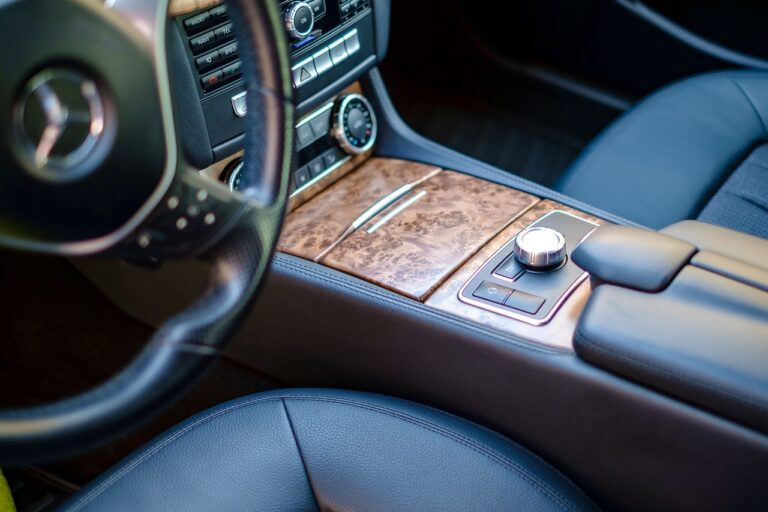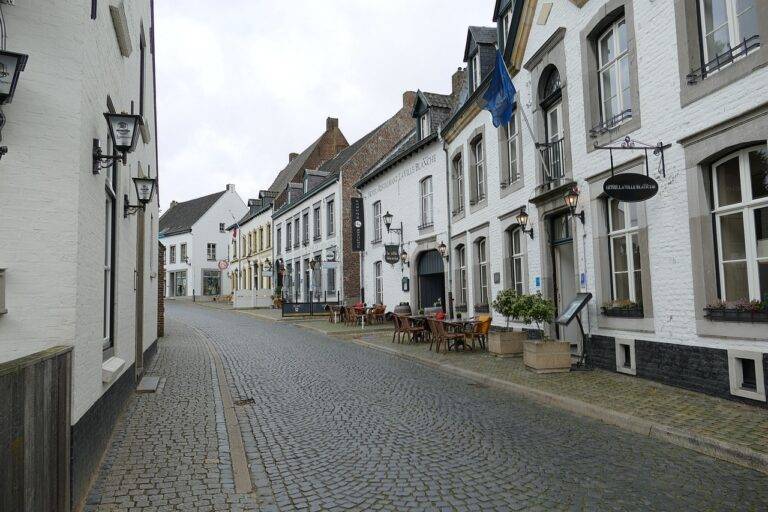Slow Fashion Movement: Embracing Quality Over Quantity in Lifestyles
The fashion industry’s fast-paced production cycle and constant desire for new trends have led to a significant impact on the environment. The pressure to produce large quantities of clothing at an accelerated rate results in the depletion of natural resources, high energy consumption, and an increase in greenhouse gas emissions.
Furthermore, the disposal of fast fashion garments contributes to the growing issue of textile waste. With consumers buying more clothes than ever before and discarding them quickly, landfills are overflowing with textiles that can take hundreds of years to decompose. This cycle of production, consumption, and disposal poses a serious threat to the environment and calls for a shift towards more sustainable and mindful fashion practices.
Benefits of Investing in High-Quality Clothing
Investing in high-quality clothing may come with a higher upfront cost, but it can save you money in the long run. High-quality materials and craftsmanship ensure that the clothing lasts longer and retains its shape and color, reducing the need for frequent replacements. This not only saves you money over time but also reduces the amount of textile waste that ends up in landfills.
Additionally, high-quality clothing tends to be more timeless and versatile in style, making it easy to mix and match with other pieces in your wardrobe. This can lead to a more cohesive and curated closet, minimizing the urge to constantly buy new trends and contributing to a more sustainable approach to fashion consumption.
How to Transition to a Slow Fashion Lifestyle
To transition to a slow fashion lifestyle, start by assessing your current wardrobe. Take the time to declutter and donate items you no longer need. This process not only creates space but also helps you become more mindful of your clothing choices. Consider investing in timeless pieces made from sustainable materials that have a longer lifespan.
Next, educate yourself on the impact of fast fashion on the environment. By understanding the harmful effects of this industry, you can make more informed decisions when purchasing new clothing. Seek out ethical and eco-friendly brands that prioritize sustainability and fair labor practices. Additionally, explore second-hand and vintage stores as alternative options for building a more conscious wardrobe.
What is the environmental impact of fast fashion?
Fast fashion contributes to environmental degradation through high levels of water consumption, chemical pollution, and textile waste.
What are the benefits of investing in high-quality clothing?
Investing in high-quality clothing can lead to longer-lasting garments, reduced need for frequent replacements, and overall lower environmental impact.
How can I transition to a slow fashion lifestyle?
To transition to a slow fashion lifestyle, you can start by being more mindful of your clothing purchases, opting for sustainable and ethically produced garments, and supporting brands that prioritize quality and longevity.
Can I still be fashionable while following a slow fashion lifestyle?
Yes, you can still be fashionable while following a slow fashion lifestyle by choosing timeless pieces, mixing and matching items creatively, and focusing on personal style over trends.







